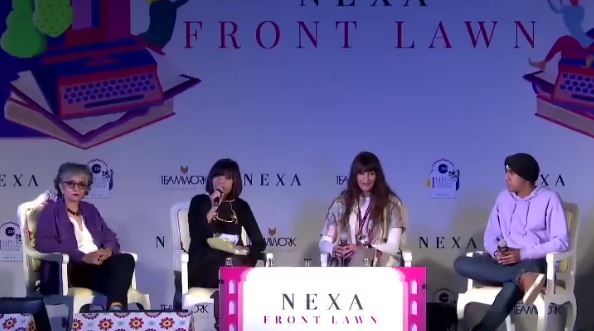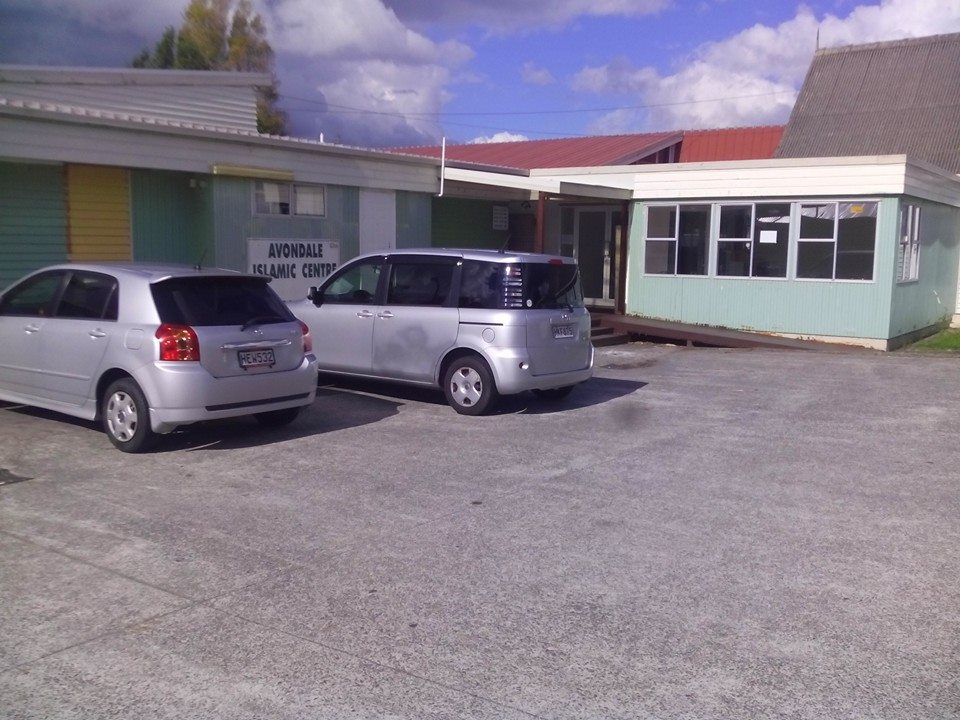Category: Lifestyle
-

LitFest: a celebration of languages
•
India’s popular Jaipur Literature Festival will bring together writers from across India representing a multitude of diverse languages this month. India’s colourful literary heritage will be a focus at this year’s Jaipur Literature Festival as it brings together writers from Assamese, Bengali, Gujarati, Hindi, Malayalam, Marathi, Nagamese, Oriya, Prakrit, Rajasthani, Sanskrit,…
-

UK public health urged to support vegan food
•
The vouchers available to buy milk and animal-based vitamin D supplements should be extended to vegan food, says Vegan Society of UK. Currently, under the Healthy Start scheme of NHS UK, the vouchers cannot be used for buying plant milk and there are no vegan-friendly vitamin D supplements available. Dr…
-

Unilever buys The Vegetarian Butcher
•
Unilever is acquiring The Vegetarian Butcher, so as to expand its portfolio into plant-based foods that are healthier and have a lower environmental impact, according to a statement from the FMCG giant. It is no surprise that the multinational firm is interested in a vegetarian business, as the trend among…
-
JLF 2018: living with multi-ethnic identities
•
Having multiple ethnic identities is never easy. It was never easy anyway – whether living in India or outside India. In a sense, India is complicated – a Muslim can be Gujarati-speaking in Gujarat or Malayali-speaking in a southern Indian state. However, second-generation Indian migrants face similar dilemma while living…
-
Zee Jaipur Literature Festival opens
•
One of the key events in India’s literary calendar, the ZEE Jaipur Literature Festival 2018Â (#ZEEJLF) will open tomorrow and continue its legacy as a diverse and equitable platform for literary and artistic expression across languages, religions, countries, politics and genres. The ZEE Jaipur Literature Festival programme boasts of a…
-
How technology can help girl education in India
•
Can hackathons make education more accessible for girls in India? While India takes pride in its IITs and IIMs, a large number of girls quietly drop out from education school-level onwards. Want to change that? Here’s your chance with ‘Hack4Her’ – a unique hackathon organised by Women’s Education Project India,…
-
Indian Night set for Alexandra Park
•
Continuing with its international cuisine theme on race nights, Auckland’s Alexandra Park is hosting Indian Night on 24 March. “We’re slowly getting around the globe with the different evenings proving really popular. Tickets are also selling well for our Indian Night but we’ve still got availability,†says Joel Reichardt, Sales…
-
Key Does ‘Big Sell’ for More Indian Students
•
The Prime Minister is doing the “big sell†for more foreign students to prop up under-funded public education and private education businesses, says New Zealand First. “Unsuspecting students from overseas are being used. “Prime Minister John Key met Indian Prime Minister Narendra Modi in Washington and couldn’t help himself marketing…
-
Indian performers to visit schools
•
From Mumbai to Morrinsville – top Indian performers will visit New Zealand schools for public Diwali festivals and will also take to the road and visit schools in Tauranga and Waikato. Folk-dance group Mudra Creation, from Mumbai, and a puppet troupe led by master puppeteer Mahipat Kavi, from Gujarat, are…
-

India’s zest for fair skin creates odd jobs for white girls
•
Morgan Kane is not her real name. When she decided to share her story online, she chose a pen name. As many white girls working in India do – change their name for work. I am not referring to shady or hanky-panky work – though some of the work borders…
-
Too many car crashes? Blame Asian tourists
•
New Zealand media’s blame game seems to have one target for all problems – from rising house prices to job shortages, and the latest in the list is – road accidents. House prices going up? Those Asians are buying expensive houses. (Don’t ask me why North Shore, with predominantly European…
-
Can you save $2550 by carpooling?
•
The week beginning 9 June marks Kiwi Carpooling Week in New Zealand, and Auckland Transport wants to encourage drivers to consider car-pooling as an environment-friendly gesture which also saves money. I asked Auckland Transport – does carpooling really save money? Do they have any numbers to support the claim? Auckland…
-
New laws for dispersing ashes in NZ concerning
•
The religious Indian practice of scattering the ashes of a loved one after cremation may become costlier to follow in Auckland — New Zealand’s largest city and home to the largest group of Indians in the country. Auckland Council is considering a by-law which, if approved, will require family members…
-
New to New Zealand? Know these Kiwi phrases and slang
•
When someone first asked me, “Do you have a brolly? It’s raining!” I was as clueless as a pirate wearing two eye-patches. Kiwi slang can be daunting not just for new migrants but seasoned settlers. Don’t get caught off guard at the next work barbie. (Read on if you are…
-
Top Must-Have Android Apps for Indians
•
Indians around the world use many Android apps either to stay in touch with what’s happening in India, or to take care of personal matters like banking, messaging, phone calls and so on. The Global Indian profiles some of these best Android apps for Indians living abroad. Music Saavn: This…
-

Can my dog, cat migrate to NZ from India?
•
 You are not allowed to import a dog or cat directly from India into New Zealand or Australia. Find out a way to get around this restriction. R. Swaminathan received permanent resident visa for New Zealand. As he packed his bags in Bangalore, and prepared to wind down his set…
-

Jihad threat: Auckland mosque shut down
•
In a fallout between two Muslim factions, a mosque in Auckland is closed for prayers until further notice. In an unusual sight for a religious place in New Zealand, the Avondale mosque is surrounded by temporary fence, private security guards and police staff. The mosque in Blockhouse Bay has been…
-
Property market bullish after Modi win
•
The prospects of a stable government at the centre have given rise to improved outlook for the real estate sector in India. Narendra Modi-led Bharatiya Janata Party swept away the 2014 general elections with a thumping majority. Markets reacted almost immediately, with Sensex jumping by 2000 points during the…
-
Surprise taxi checks at Auckland airport following high-fare complaints
•
Auckland Airport to audit taxi journeys and calls for taxis to offer fixed fares. Following passenger complaints of high fare, Auckland Airport will now regularly undertake mystery passenger audits of taxi pick-ups from the airport, says Richard Barker, Auckland Airport’s spokesman. “Any drivers and companies found to be charging excessive…
-
Pets in Miami most pampered in US
•
Amazon.com Unveils List of Most Pampered Pet Cities in the U.S. – Miami, Seattle, Atlanta, San Francisco and Portland ranked “top dogs†with the most pet-related items purchased per capita in 2013. The honor of being the Top Dog goes to Miami as the most pet-loving city in…